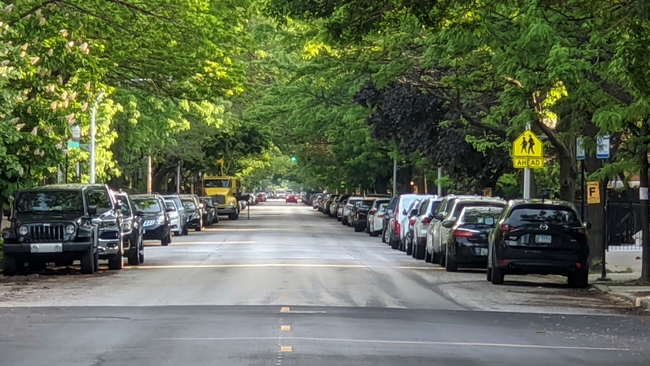The best time to plant a tree was 20 years ago. The second-best time is now.
– Chinese Proverb

What is your happiest memory that involves trees? Hopefully, most of those memories are positive. Trees provide a multitude of benefits that are hard to overlook. Reflecting on happy memories involving trees often evokes a sense of joy and wonder. These towering guardians not only serve as the backdrop to cherished moments but also provide an array of invaluable benefits.
However, in regions like the Western United States, escalating wildfire risks loom large, burdening homeowners with soaring insurance costs and stringent fuel reduction mandates. Balancing the delicate interface between natural landscapes and urban expansion becomes increasingly intricate, especially when community priorities diverge. As residential areas extend into undeveloped territories, trees, whether vibrant or ailing, transition from assets to potential hazards, underscoring humanity's profound dependence on their presence despite the associated challenges.
Trees are essential components of our daily lives, providing a multitude of human health benefits that we often take for granted. Regardless of whether they thrive in lush forests or line bustling urban boulevards, trees also offer a plethora of environmental advantages. Currently, forest ecosystems are the largest land-based carbon sink on earth. Forests in the U.S. alone offset about 16 percent of annual greenhouse gas emissions. Ninety percent of Americans support tree planting as a climate change mitigation measure.
Trees are also an essential component to ecological systems. They produce oxygen, sequester carbon, lower surface temperatures, control erosion, mitigate stormwater runoff, enhance habitat and biodiversity, contribute to urban cooling, provide food and fiber, promote social-emotional well-being, and perhaps most importantly, provide beauty to the landscape. Trees also boost property values and can even attract shoppers to urban centers.
Amidst a global population surge and escalating food demands, rampant deforestation threatens nearly half of our planet's forests. This perilous trend undermines crucial opportunities for carbon sequestration, allowing emissions from vehicles, industries, and other sources to persist unchecked. Moreover, the absence of verdant canopies in urban landscapes exacerbates the formation of heat islands, posing serious public health risks.
Deciding what tree to plant where can be challenge for some. Some (native) trees are not adapted to urban environments, while others may drop leaves, flowers, fruit, or branches, push up sidewalks, require frequent pruning, become invasive or have other undesirable characteristics. Municipal tree maintenance programs are costly and even controversial in some communities.
The Urban Forest Ecosystems Institute at Cal Poly is a tree information site with "features to assist in narrowing down site conditions, watering needs, and phenological characteristics. The “Select a Tree" feature assists users in choosing a tree with desired characteristics suited to a particular location.
I personally cannot imagine a life without them. As stewards of the environment, it's imperative that we recognize the indispensable role trees play in sustaining life and take concerted action to protect and nurture them for generations to come.
Stay tuned for the upcoming UC Thelma Hansen Symposium webinar series “Trees to the Rescue: Solutions for Climate Change” on May 14-16, 2024. To register, please click here. UC ANR Cooperative Extension of Ventura County will host a virtual Tree Symposium on May 14-16, 2024. To register, please click here.
Green Tip (s) Related to Trees
- Visit the Arbor Day Foundation website to learn about all things related to trees
- Follow some of these ideas from the National Forest Foundation, to inspire others to love trees, especially young children
- Looking for a family-friendly adventure? Check out these guided opportunities with TreePeople LA.
- More local to Ventura County, the Ventura Tree Alliance host various events throughout the year related to urban forestry and community resilience.
Attached Images:
